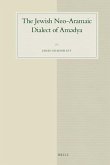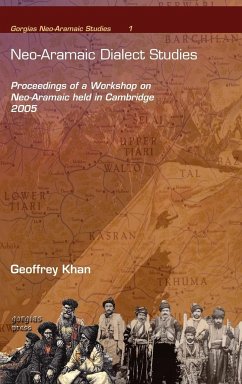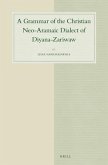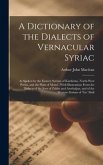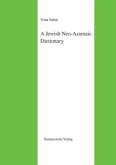This study is the first wide-scope morpho-syntactic comparative study of North-Eastern Neo-Aramaic dialects to date. Given the historical depth of Aramaic (almost 3 millennia) and the geographic span of the modern dialects, coming in contact with various Iranian, Turkic and Semitic languages, these dialects provide an almost pristine "laboratory" setting for examining language change from areal, typological and historical perspectives. While the study has a very wide coverage of dialects, including also contact languages (and especially Kurdish dialects), it focuses on a specific grammatical domain, namely attributive constructions, giving a theoretically motivated and empirically grounded account of their variation, distribution and development. The results will be enlightening not only to Semitists seeking to learn about this fascinating modern Semitic language group, but also for typologists and general linguists interested in the dynamics of noun phrase morphosyntax.


